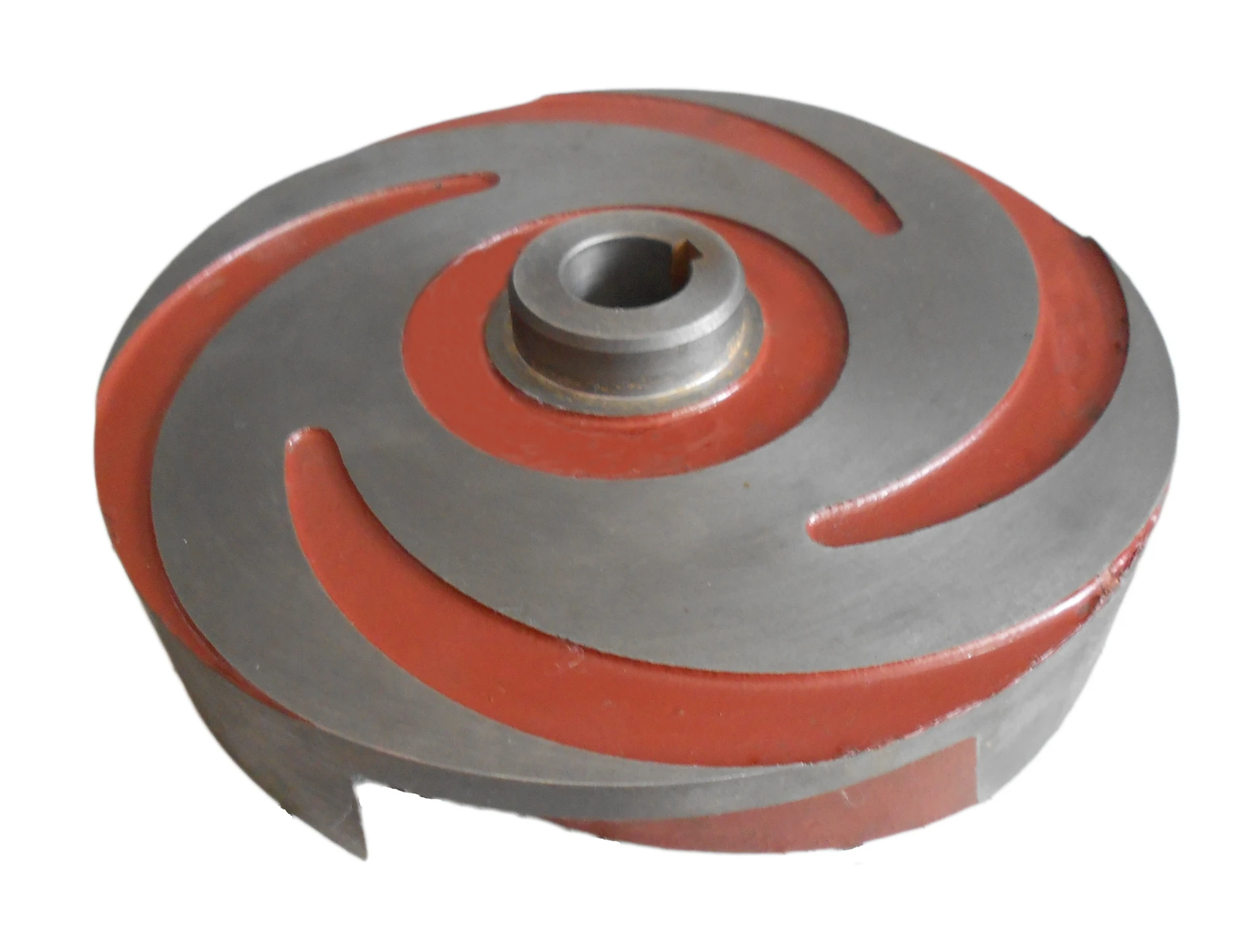Mobile:+86-311-808-126-83
Email:info@ydcastings.com
melting aluminum for casting
Melting Aluminum for Casting A Comprehensive Guide
Aluminum has become one of the most widely used metals in various industries, including automotive, aerospace, and consumer goods. Its lightweight nature, excellent corrosion resistance, and ease of fabrication make it an ideal choice for casting. Melting aluminum for casting requires an understanding of the properties of the metal, the process of melting, safety precautions, and the subsequent steps in casting.
Properties of Aluminum
Before diving into the melting process, it's essential to understand the properties that make aluminum suitable for casting. Aluminum has a low density, which significantly reduces weight compared to other metals such as steel and iron. This property is particularly valuable in industries where reducing weight can lead to increased fuel efficiency and enhanced performance. Additionally, aluminum can be alloyed with other metals, such as copper, magnesium, and silicon, to improve its strength and thermal resistance. These alloying elements can be adjusted to meet specific casting requirements, making aluminum versatile for various applications.
Melting Process
The melting of aluminum typically occurs at temperatures ranging from 660°C to 700°C (1220°F to 1292°F), depending on the alloy used. Various melting furnaces can be employed for this purpose, including electric arc furnaces, induction furnaces, and crucible furnaces. Each type has its advantages, with induction furnaces providing precise temperature control and energy efficiency, while crucible furnaces can be more cost-effective for smaller-scale operations.
The first step in the melting process involves preparing the aluminum scrap or ingots. Scrap aluminum must be cleaned of any contaminants such as coatings, oils, or residues, as these can affect the quality of the final product. Once cleaned, the aluminum is placed in the furnace and heated to the appropriate melting temperature. It is crucial to monitor the temperature closely to prevent the formation of oxides, which can weaken the final cast product.
melting aluminum for casting

Safety Precautions
Melting aluminum involves high temperatures and potentially hazardous materials, making safety precautions essential. Operators should wear appropriate personal protective equipment (PPE), including heat-resistant gloves, safety goggles, and protective clothing. Furthermore, ensuring proper ventilation in the melting area can help mitigate the risk of exposure to harmful fumes generated during the melting process. It is crucial to follow established safety protocols, including having fire extinguishers and first aid kits readily available in case of emergency.
Casting Process
Once the aluminum has melted, it is ready for casting. The molten aluminum can be poured into various molds, depending on the desired shape and design of the final product. Common casting methods include sand casting, die casting, and investment casting. In sand casting, the molten metal is poured into a mold made of sand, which is then removed once the metal has cooled and solidified. Die casting involves forcing molten aluminum into a steel mold under high pressure, allowing for high precision and repeatability.
After casting, the final product usually undergoes various finishing processes, such as machining, surface treatment, and inspection, to ensure it meets the specified requirements. Each of these steps plays a critical role in enhancing the performance and aesthetic appeal of the finished aluminum component.
Conclusion
Melting aluminum for casting is a skill that combines art and science, requiring a thorough understanding of the material properties, melting techniques, and safety protocols. As industries continue to seek lighter and more durable materials, aluminum casting will play an increasingly important role in manufacturing. By mastering the melting and casting processes, professionals can create high-quality aluminum components that meet the evolving demands of various applications, ensuring the material remains a cornerstone of modern engineering. Whether working in a small foundry or a large manufacturing plant, the principles of melting aluminum for casting are fundamental to achieving successful and reliable results.
-
Understanding Metal Casting TechniquesNewsApr.02,2025
-
Understanding Exhaust Manifolds for Enhanced Engine PerformanceNewsApr.02,2025
-
The World of Metal FabricationNewsApr.02,2025
-
Key Components for Pump and Turbo EfficiencyNewsApr.02,2025
-
Essential Tools for Automotive Maintenance and RepairNewsApr.02,2025
-
Durable Valve Components for Effective Water ManagementNewsApr.02,2025











